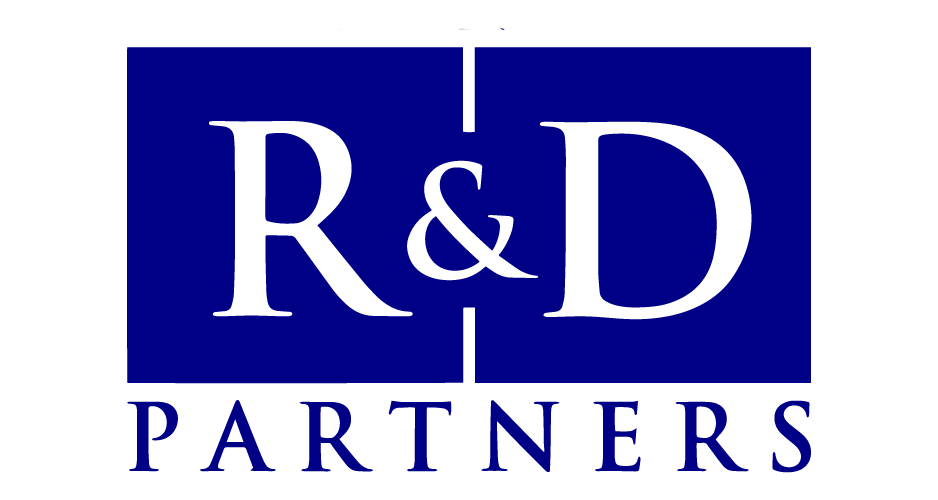The Funding Landscape for Canadian AI Startups
The exponential growth of Artificial Intelligence (AI) has revolutionized industries worldwide, offering transformative potential and unprecedented opportunities for innovation. In Canada, the AI startup ecosystem is vibrant and dynamic, with pioneering companies continuously pushing the boundaries of what is possible in these fields.
However, as is the case with most startups, securing financing is a crucial step for AI entrepreneurs in bringing their visions to life. In this blog post, we will dive into the government funding landscape for AI and machine learning startups in Canada, to help them secure the necessary funding for their ventures.
IRAP and SR&ED
In Canada, technology companies benefit from two major funding programs: the National Research Council Canada’s IRAP (Industrial Research Assistance Program) and the Canada Revenue Agency’s SR&ED (Scientific Research and Experimental Development) funding. The National Research Council offers IRAP grant funding of up to $10 million (although generally less than $300k) for innovative R&D projects. Meanwhile, the Canada Revenue Agency offers SR&ED tax credits for eligible R&D activities. While the two programs are very different, both play vital roles in fostering technological advancements and driving innovation within the tech sector in Canada.
Beyond these programs, there are several funders in Canada that offer government programs specifically designed for AI companies. These programs offer a tailored funding experience for businesses developing AI and machine learning technologies, often offering industry expert advice in addition to financial support. Below are a few funders to consider:
Mitacs
Mitacs is a Canadian non-profit organization that fosters research collaborations between academic institutions and industry partners to support innovation and professional development. Mitacs’ AI, Quantum Computing, and Cybersecurity Initiative aims to advance research and development in these cutting-edge fields by connecting academic researchers with industry partners. The initiative provides funding for collaborative projects that address real-world challenges, facilitating knowledge transfer, and driving innovation in AI, quantum computing, and cybersecurity domains.
Scale AI
As part of Canada’s Innovation Supercluster initiative, Scale AI accelerates the adoption of artificial intelligence and machine learning technologies in various industries through funding and collaborative projects. It offers funding for projects that utilize AI in supply chain, involve the development or transformation of new technology, and involve multiple partners, including at least one SME.
NSERC
NSERC, the Natural Sciences and Engineering Research Council of Canada, is a federal agency that supports and funds research and innovation in the fields of natural sciences and engineering. NSERC offers a variety of programs to support R&D projects. Among them, Alliance Grants provide up to $1M in funding and up to 100% of project costs for collaborative projects with partner organizations. Idea to Innovation Grants (I2I) and the Discovery Grants (Individual) Program may also offer support to AI companies engaging in R&D. As an artificial intelligence-focused program, NSERC Alliance – Alberta Innovates (AI) Advance grants supports projects by NSERC eligible researchers and Alberta-based universities.
Alberta IoT (Alberta)
Alberta IoT is an organization dedicated to promoting and supporting the growth of the Internet of Things (IoT) industry in the province. Alberta IoT’s Fast Track accelerator offers a technology ecosystem to help established IoT businesses in Calgary and the surrounding areas grow and increase collaboration. The program provides eight weeks of business training and courses, and one year of mentorship.
Québec Ministry of Economy and Innovation (Quebec)
The Québec Ministry of Economy and Innovation is a government department responsible for promoting economic growth, innovation, and investment in Quebec to enhance the province’s competitiveness. PARTENAR-IA, initiated by the Québec Ministry of Economy and Innovation, supports collaborative research projects in artificial intelligence by providing funding and resources to foster partnerships between academic institutions and industry, driving innovation in Quebec.
Ivado Labs (Quebec)
Ivado Labs is a research center based in Quebec specializing in data science and operational research, and focuses on generating innovative solutions to real-world problems. Its Invest-AI Program offers financial support and expertise to startups and small- and medium-sized enterprises in order to accelerate the development and commercialization of AI-based solutions, helping them overcome barriers and achieve growth in the evolving AI landscape.
Final Thoughts
Securing financing is a critical step for AI startups to thrive and bring their innovations to the market. Government funding initiatives, venture capital investments, research grants, strategic partnerships, and competitions all present opportunities for startups to access the necessary capital. By leveraging these funding sources, AI startups can fuel their growth, drive innovation, and make a significant impact across industries.
Need support applying for funding?
If you have questions about any of the above programs or are considering submitting an application, don’t hesitate to contact R&D Partners at 1-800-500-7733 for more information or to schedule a meeting with one of our funding experts.
